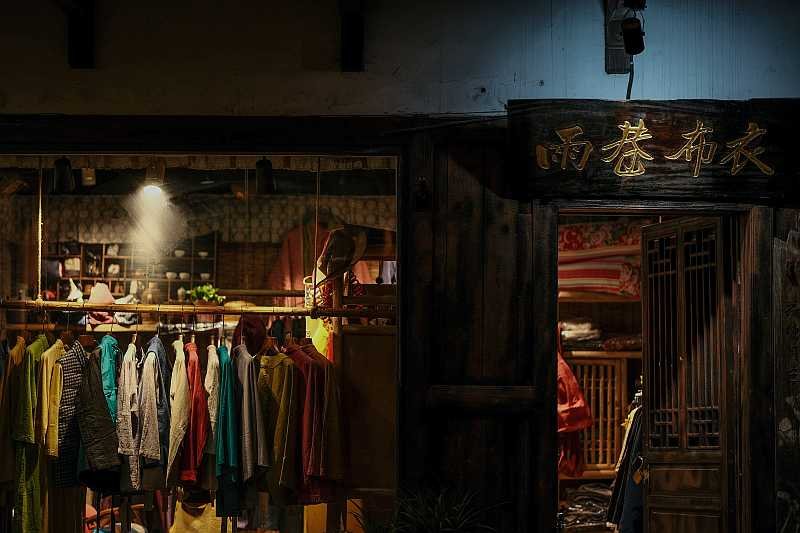In the dazzling world of fashion, trends come and go faster than ever, thanks to the rise of fast fashion. Walk into any high street store, and you’ll find clothing items that are affordable, stylish, and on-trend.
The True Price of Fast Fashion
Have you ever stopped to wonder about the true cost behind those budget-friendly garments? The answer may leave you reevaluating your shopping choices.
The Allure of Fast Fashion
In the ever-evolving world of fashion, the emergence of fast fashion has marked a revolutionary shift in the industry. This phenomenon has successfully democratized style, making high-end, catwalk-inspired designs accessible to the masses at unprecedentedly low prices.
The allure of fast fashion lies in its ability to swiftly translate the latest trends into affordable, off-the-rack clothing, catering to the consumer’s desire for constant renewal in their wardrobe.
From Catwalk to Consumer: Rapid Turnarounds in Fashion
Fast fashion’s appeal is intricately tied to its nimble response to the swiftly changing landscape of fashion trends. Unlike traditional cycles that may take months to reach consumers, fast fashion brands leverage advanced production and distribution systems for quick turnarounds.
This agility allows them to capture and reproduce the latest styles almost as soon as they appear on the catwalks, enabling consumers to stay ahead of trends without incurring the high costs associated with designer labels.
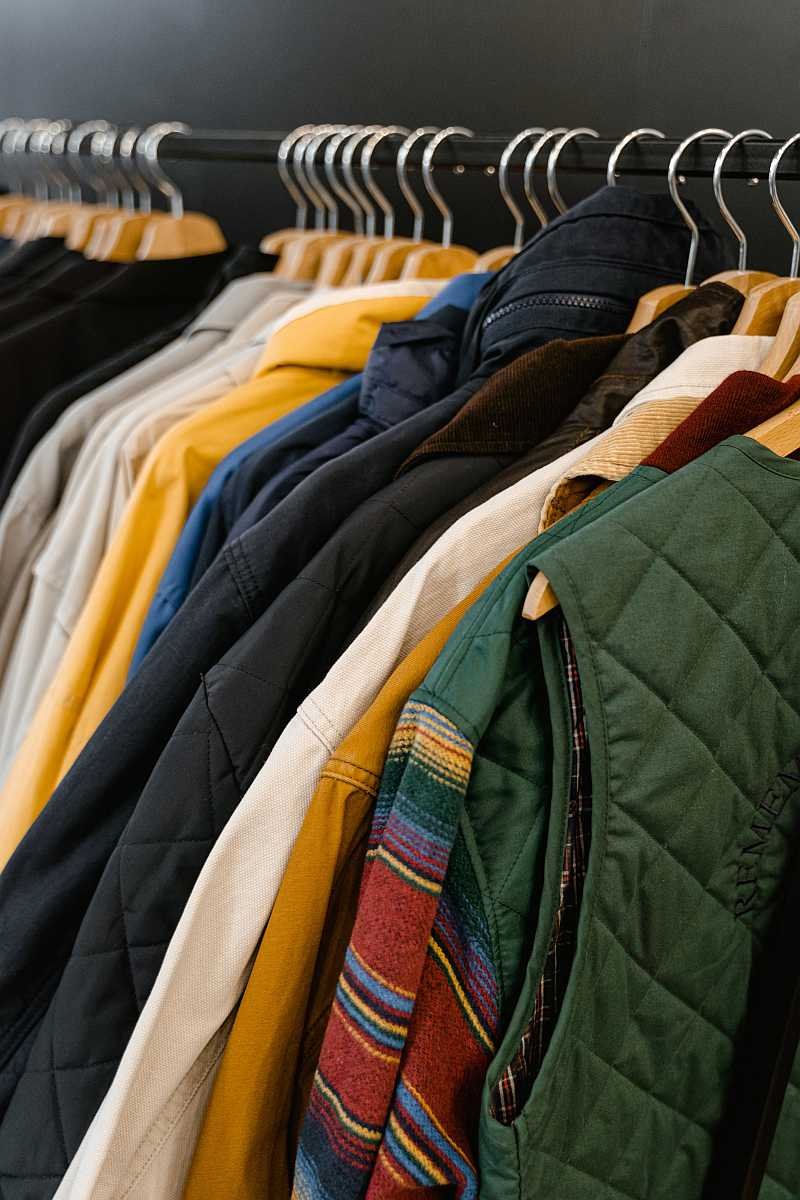
Affordability Meets Aspiration: Breaking the Fashion Price Barrier
For the average shopper, the allure of fast fashion is unmistakable. It provides an affordable gateway to the latest fashion movements, offering the thrill of staying on-trend without the financial burden of luxury brands.
The accessibility of fast fashion caters to the desire for constant wardrobe updates, fostering a culture where fashion becomes a dynamic and ever-changing expression of personal style.
Hidden Costs Behind the Bargain: Unveiling Environmental and Ethical Implications
However, this seemingly innocuous pursuit of affordable and trendy clothing conceals a hidden cost that extends beyond the price tag. The rapid pace of production in fast fashion contributes to a range of environmental and ethical issues.
From excessive resource consumption to exploitative labor practices, the industry’s breakneck speed prompts a deeper exploration of the consequences associated with mass production.
Navigating the Double-Edged Sword: Questioning Fashion Choices
As consumers revel in the allure of fast fashion, it becomes imperative to navigate the double-edged sword of affordability and trendiness. The accessibility and rapid turnover of styles invite a critical examination of the broader implications of fashion choices.
Beyond the excitement of staying stylish on a budget, consumers are prompted to consider the environmental and ethical footprint left by their clothing decisions. The allure of fast fashion, then, becomes a call for conscientious consumption and a reevaluation of the true cost of staying on-trend.

Environmental Impact
The environmental impact of fast fashion is a multi-faceted issue that extends from the early stages of production to the end of a garment’s life. The accelerated pace of production characteristic of fast fashion plays a central role in exacerbating environmental degradation.
Overconsumption of Water
Fast fashion relies on rapid production cycles to quickly bring new styles to the market. This pace places immense pressure on water resources. The production of textiles, particularly cotton, is water-intensive. From irrigation for crops to dyeing and finishing processes, each stage of the textile supply chain demands substantial water usage.
In regions already facing water scarcity, the overconsumption driven by fast fashion contributes to environmental stress and negatively impacts local communities.
Deforestation
The demand for raw materials, such as wood pulp for rayon or viscose fabrics, can lead to deforestation. The clear-cutting of forests to make way for plantations and the extraction of resources disrupts ecosystems, threatens biodiversity, and releases large amounts of carbon into the atmosphere.
Fast fashion’s reliance on resource-intensive materials accelerates this process, contributing to the loss of vital habitats and exacerbating climate change.

Excessive Energy Consumption
The fast fashion model prioritizes quick turnarounds, which often means utilizing energy-intensive manufacturing processes. From spinning and weaving to dyeing and finishing, the production of textiles requires significant amounts of energy.
Additionally, the transportation of raw materials and finished goods across the globe further contributes to the carbon footprint of the industry. The excessive energy consumption associated with fast fashion exacerbates climate change and intensifies the industry’s environmental impact.
Textile Waste
The disposable nature of fast fashion, characterized by inexpensive and often low-quality garments, leads to a significant problem of textile waste. Consumers frequently discard clothing after only a few uses, contributing to the mountains of discarded garments in landfills.
Moreover, the synthetic materials commonly used in fast fashion, such as polyester, can take hundreds of years to decompose. The accumulation of textile waste not only poses a threat to the environment but also raises questions about the industry’s responsibility for the entire lifecycle of its products.
In summary, the environmental impact of fast fashion is a result of its relentless pursuit of rapid production and consumption. This model places an immense burden on natural resources, contributes to deforestation, intensifies energy consumption, and generates a staggering amount of textile waste.
Acknowledging and addressing these environmental consequences is crucial for fostering a more sustainable and responsible approach to the fashion industry.
Exploitation in the Supply Chain
Complex Networks of Exploitation
Behind the glitzy facade of fast fashion, a convoluted network of production and manufacturing stretches across low-cost countries. This intricate web allows brands to keep costs low but conceals a darker truth about the treatment of workers.
Harsh Working Conditions
In pursuit of affordability, workers in these regions often face hazardous working conditions. The emphasis on reducing production costs can lead to unsafe workplaces, insufficient safety measures, and a disregard for fundamental health and labor standards.
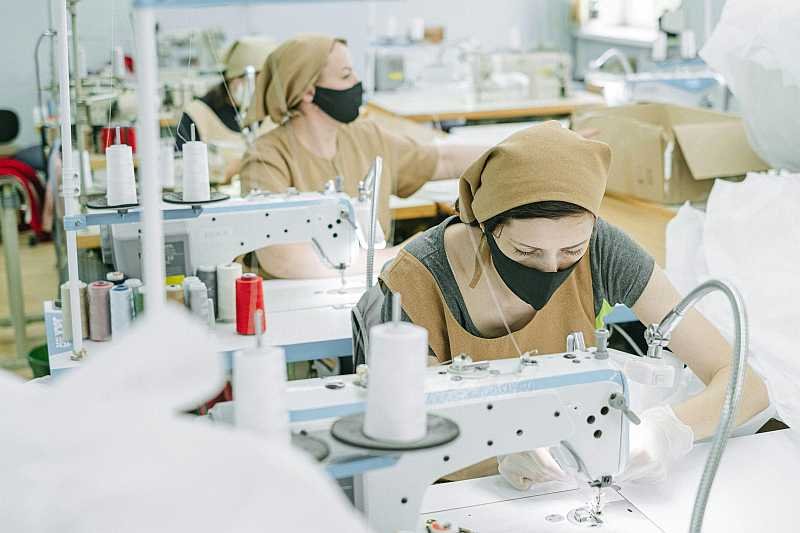
Meager Wages: A Cycle of Economic Exploitation
The relentless pressure to maintain low prices results in meager wages for workers. These salaries are often insufficient to cover basic needs, extending economic exploitation beyond the workplace and affecting living conditions, access to education, and overall quality of life.
Excessive Working Hours and Uncompensated Overtime
Fast fashion’s demand for quick turnarounds places workers in a cycle of long hours and demanding schedules. Overtime, often uncompensated, contributes to physical and mental strain. This relentless pace traps workers in conditions reminiscent of modern-day sweatshops.
The Hidden Human Cost: Contrasting Realities
The glossy advertisements of fast fashion create an illusion of glamour, masking the true human cost paid by workers behind the scenes. Unveiling this stark contrast prompts reflection on the ethical responsibility of consumers and the fashion industry as a whole.
Consumer Awareness and Ethical Responsibility
Understanding the exploitation in the supply chain necessitates a critical examination of ethical responsibility in consumer choices. As awareness grows, consumers are increasingly calling for transparency and ethical sourcing practices. This shift emphasizes the need to support brands that prioritize fair labor practices and humane working conditions.
Toward a More Ethical Fashion Industry
Acknowledging and addressing the exploitation in the supply chain is a crucial step in fostering a more ethical and sustainable fashion industry. By demanding accountability and supporting responsible practices, consumers can contribute to a future where fashion is not only stylish but also ethical and humane.
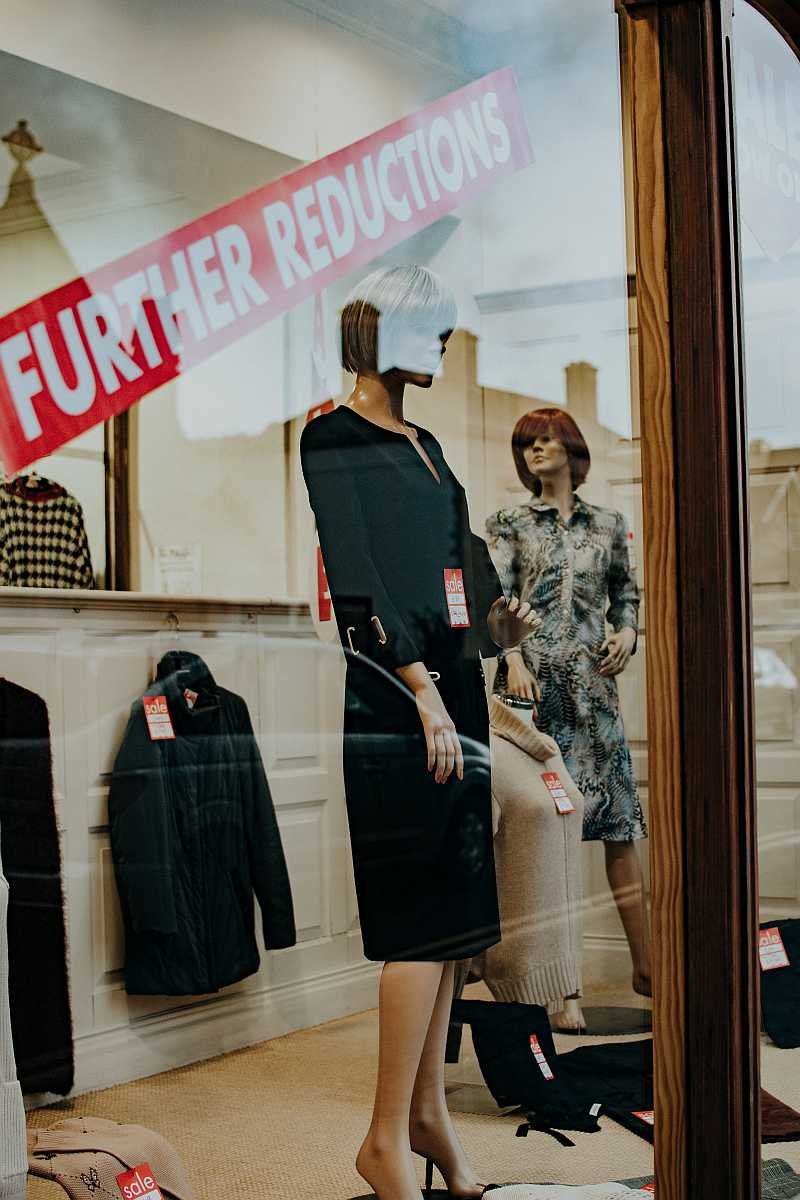
Disposable Culture and Its Consequences
In the relentless pursuit of fashion trends, the emergence of fast fashion has inadvertently fueled a disposable culture, fundamentally altering the way we perceive and interact with our clothing. This shift in consumer behavior is marked by a mindset that views garments as short-term, single-use items rather than lasting investments. The consequences of this disposable approach are far-reaching, encompassing both environmental and social realms.
Short Lifespan of Garments
Fast fashion’s core principle is rapid production to keep up with swiftly changing trends. As a result, the clothing produced tends to be of lower quality, designed for quick consumption rather than long-term use.
These garments often succumb to wear and tear after just a few wears, leading consumers to discard them in favor of the next fleeting trend. The short lifespan of these items contrasts starkly with traditional practices of investing in durable, timeless pieces.
Textile Waste and Landfill Accumulation
The consequence of this throwaway culture is the staggering amount of textile waste generated. Discarded clothing, often made from synthetic fabrics that resist decomposition, finds its way into landfills.
The rapid turnover of cheap, trendy clothing perpetuates the cycle of overconsumption, causing landfills to swell with garments that may take years, if not decades, to break down. This accumulation exacerbates environmental concerns, contributing to pollution and resource depletion.
Environmental Impact of Synthetic Fabrics
Many fast fashion garments are crafted from synthetic materials like polyester and nylon, which are derived from non-renewable resources. These fabrics pose a significant environmental threat, not only in their production but also in their disposal.
As synthetic fibers break down over time, they release microplastics into the environment, further contaminating ecosystems and posing potential threats to wildlife and human health.
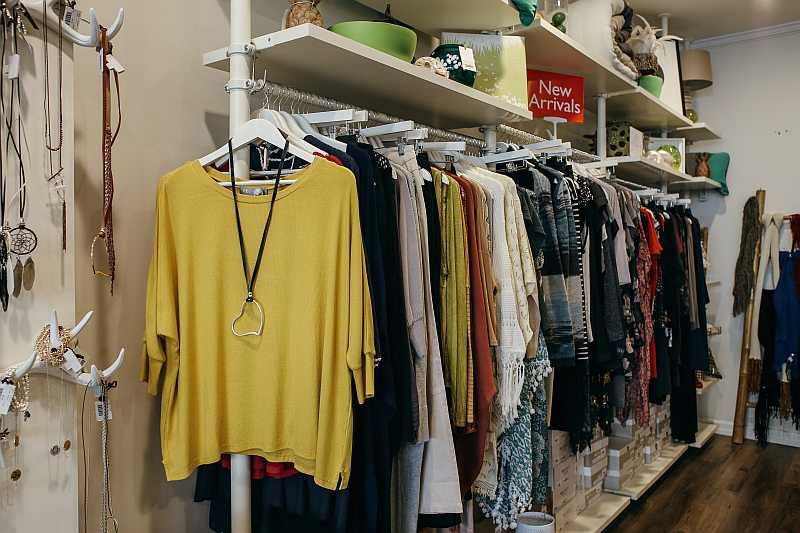
Social Implications
The disposable culture perpetuated by fast fashion has social implications as well. It fosters a mindset that views clothing as expendable commodities rather than valuable assets.
This approach, coupled with the demand for low-cost production, often leads to exploitative labor practices in manufacturing countries, where workers face substandard working conditions and inadequate wages to meet the industry’s breakneck pace.
Legacy for Future Generations
Perhaps the most concerning consequence of this disposable culture is the lasting impact it leaves for future generations. The environmental damage, resource depletion, and social injustices associated with fast fashion create a detrimental legacy that future inhabitants of the planet will inherit.
The urgency to address and rectify these consequences becomes paramount to ensure a sustainable and ethical future.
In summary, the disposable culture cultivated by fast fashion not only accelerates environmental degradation but also perpetuates social inequities.
Breaking free from this cycle requires a collective shift in consumer attitudes, advocating for sustainable practices, and supporting brands committed to ethical production and longevity in fashion choices.
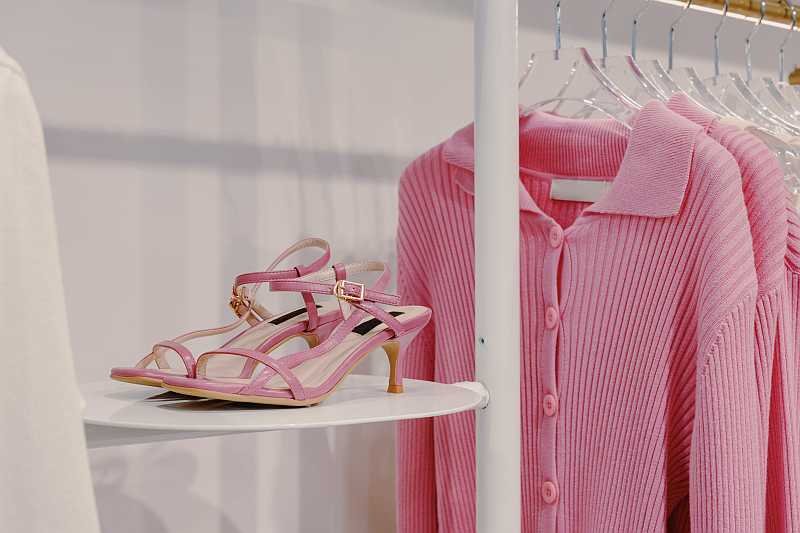
Choosing Ethical Alternatives
Understanding the true cost of fast fashion serves as a wake-up call, prompting us to critically assess and reshape our consumer choices. Transitioning towards a more sustainable and ethical approach to fashion is not just a trend; it’s a conscious decision to make a positive impact on the environment, labor conditions, and overall societal well-being.
Prioritizing Environmental Responsibility
Ethical alternatives begin with supporting brands that prioritize environmental responsibility. This means selecting companies that actively seek eco-friendly materials, reduce their carbon footprint, and employ sustainable manufacturing processes.
Look for certifications or initiatives that indicate a commitment to minimizing environmental impact, such as the use of organic fabrics, water-conserving practices, and waste reduction efforts.
Advocating for Fair Labor Practices
Supporting ethical alternatives involves standing against the exploitative practices often associated with fast fashion. Choose brands that prioritize fair labor practices, ensuring that workers involved in the production process receive fair wages, safe working conditions, and reasonable working hours.
Look for certifications like Fair Trade or partnerships with organizations that verify and promote humane working conditions throughout the supply chain.
Valuing Durability over Trends
Embracing slow fashion is a key component of choosing ethical alternatives. Unlike fast fashion’s emphasis on fleeting trends and disposable garments, slow fashion encourages a focus on durability and timelessness.
By investing in high-quality, timeless pieces, consumers contribute to reducing the overall demand for fast fashion and its inherently wasteful nature. This shift in mindset promotes a wardrobe built to last, minimizing the need for constant replacements and, in turn, decreasing the environmental impact.
Embracing Slow Fashion
Slow fashion is a philosophy that emphasizes the intrinsic value of clothing, moving away from the rapid turnover of trends. It encourages consumers to buy fewer items of higher quality, supporting craftsmanship and sustainable practices.
By adopting a slower, more intentional approach to fashion, we not only reduce our ecological footprint but also contribute to the preservation of traditional artisanal skills and craftsmanship.
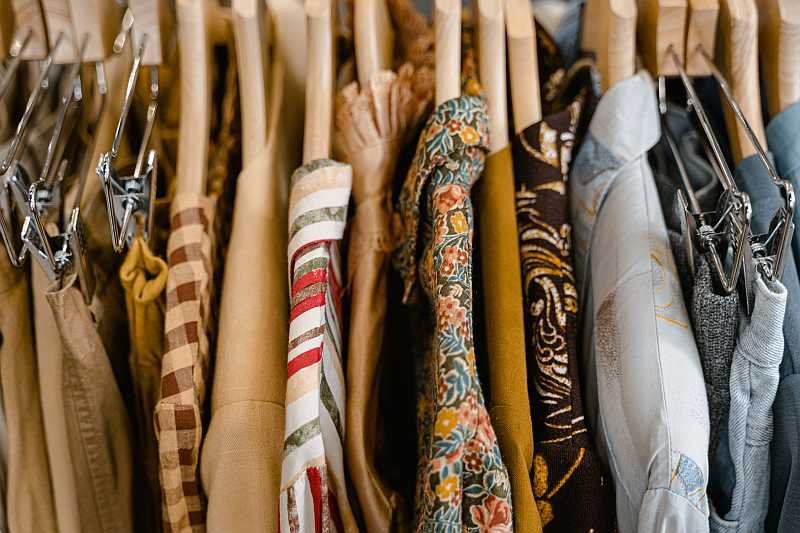
Making Mindful Choices
Ultimately, choosing ethical alternatives in fashion requires a shift towards mindfulness in our consumer decisions. This involves researching brands, understanding their practices, and making informed choices aligned with our values.
By actively supporting ethical alternatives, consumers become agents of change in an industry that desperately needs a more sustainable and responsible trajectory.
Embracing Slow Fashion: A Solution for Sustainable Style
In the quest to unravel the true cost of fast fashion, we find ourselves at a crossroads where consumer choices can pave the way for positive change. The solution lies in embracing slow fashion—a transformative approach that transcends trends, prioritizes durability, and champions ethical practices.
Here’s why slow fashion is the key to unlocking a sustainable and mindful future for the fashion industry.
Mindful Consumption Over Fast Fashion Frenzy
Slow fashion encourages a shift from impulsive and trend-driven buying habits to a more mindful and intentional approach. Rather than succumbing to the constant pressure to keep up with rapidly changing trends, individuals embracing slow fashion carefully consider their purchases.
This deliberate decision-making process leads to a wardrobe filled with thoughtfully chosen, timeless pieces, reducing the demand for the fast fashion cycle.
Quality Over Quantity
At the heart of slow fashion is a commitment to quality over quantity. Instead of accumulating a multitude of cheap, disposable items, slow fashion enthusiasts invest in well-crafted, durable pieces that withstand the test of time.
This not only lessens the strain on the environment caused by the production and disposal of low-quality garments but also promotes a more sustainable and responsible approach to personal style.
Supporting Artisanal Craftsmanship
Slow fashion celebrates the artistry and craftsmanship behind each garment. By choosing slow fashion, consumers actively contribute to the preservation of traditional artisanal skills. This support not only ensures the continuation of unique, handmade techniques but also fosters a deeper connection to the stories woven into the fabric of each piece.
It’s a celebration of the human touch in an industry often dominated by mass production.
Reducing Environmental Impact
By prioritizing sustainable materials and manufacturing processes, slow fashion minimizes its environmental footprint. This deliberate focus on eco-friendly practices, such as using organic fabrics, minimizing waste, and adopting energy-efficient production methods, lessens the detrimental effects associated with the fast fashion industry.
Slow fashion becomes a catalyst for positive environmental change.

Advocating for Ethical Labor Practices
One of the hallmarks of slow fashion is its commitment to fair and ethical labor practices. Choosing brands that prioritize the well-being of workers throughout the supply chain ensures that the human cost of fashion is minimized.
Slow fashion enthusiasts actively support a movement towards a more equitable and humane industry, where every contributor is treated with the dignity and respect they deserve.
Slow Fashion Alternatives
We don’t say these are the best – only some examples:
- Patagonia: Known for its commitment to environmental sustainability, Patagonia has been a pioneer in the slow fashion movement. The brand focuses on using recycled materials, fair labor practices, and durability, making it a trustworthy choice for those seeking ethically produced outdoor apparel.
- Eileen Fisher: Eileen Fisher is synonymous with timeless elegance and sustainable fashion. The brand embraces organic fabrics, ethical manufacturing, and a commitment to social responsibility. Each piece is designed for longevity, reflecting a dedication to reducing fashion’s environmental impact.
- Veja: Veja stands out for its transparency and dedication to ethical practices in the production of sneakers. Using eco-friendly materials like organic cotton and sustainably sourced rubber, Veja prioritizes fair trade and transparent supply chains, making it a reliable choice for conscious consumers.
- People Tree: People Tree is a trailblazer in the fair trade and sustainable fashion space. Known for its commitment to empowering artisans and farmers globally, the brand offers stylish clothing made from organic and eco-friendly materials, ensuring ethical practices from seed to garment.
- Reformation: Reformation combines style with sustainability, creating fashion-forward pieces with a focus on minimizing environmental impact. The brand emphasizes eco-friendly fabrics, water-saving techniques, and ethical manufacturing processes, making it a popular choice for those seeking both style and conscience.
- Stella McCartney: Stella McCartney is a luxury brand that places a strong emphasis on cruelty-free and sustainable fashion. Known for using vegetarian materials and advocating for environmental responsibility, the brand is a symbol of ethical luxury in the fashion industry.
- Amour Vert: Amour Vert, translating to “Green Love” in French, is dedicated to producing timeless, eco-friendly fashion. Using sustainable materials and ethical manufacturing, the brand is committed to planting a tree for every T-shirt sold, contributing to both environmental and social initiatives.
- Thought (formerly Braintree Clothing): Thought is a UK-based brand that values sustainability throughout its entire supply chain. From organic cotton to hemp and bamboo fabrics, Thought focuses on producing versatile, timeless pieces that align with their commitment to ethical and eco-friendly fashion.
- Everlane: Everlane is renowned for its radical transparency, openly sharing information about the cost of production and the environmental impact of each item. With a focus on high-quality basics and ethical manufacturing, Everlane is a trustworthy choice for those seeking transparency in the fashion industry.
- Pact: Pact specializes in organic cotton basics, placing a strong emphasis on fair labor practices and environmental sustainability. With a commitment to transparency and ethical sourcing, Pact is a go-to brand for those seeking comfortable, responsibly produced essentials.
- Nudie Jeans: Nudie Jeans is a denim brand that prioritizes sustainability and ethical practices. Known for its commitment to fair labor and organic materials, the brand encourages customers to repair and recycle their jeans, promoting a circular approach to fashion.
- Thoughtful Clothing (by TOMS): Thoughtful Clothing, a line by TOMS, extends the brand’s commitment to social responsibility into the fashion realm. With a focus on sustainable materials and fair labor practices, it exemplifies TOMS’ dedication to making a positive impact on both people and the planet.
These brands have gained trust and recognition for their commitment to slow fashion principles, incorporating ethical and sustainable practices into their production processes. By choosing products from these brands, consumers contribute to a more responsible and mindful fashion industry.
Conclusion
As consumers, we hold the power to unveil the true cost of fast fashion and reshape the industry’s trajectory. By choosing conscious and sustainable alternatives, we can contribute to a fashion landscape that prioritizes ethical practices and environmental responsibility.
The next time you find yourself enticed by the allure of a fast fashion bargain, pause and consider the true cost behind those clothes—because the choices we make in the world of fashion extend far beyond our closets.
Continue reading:
- How Your Outfit Can Boost Confidence
- Color Your Emotions: The Psychological Impact of Hues in Fashion
- A Guide to Fashion for Different Body Types
- Guide to Choosing the Perfect Women’s Purse for Every Occasion
